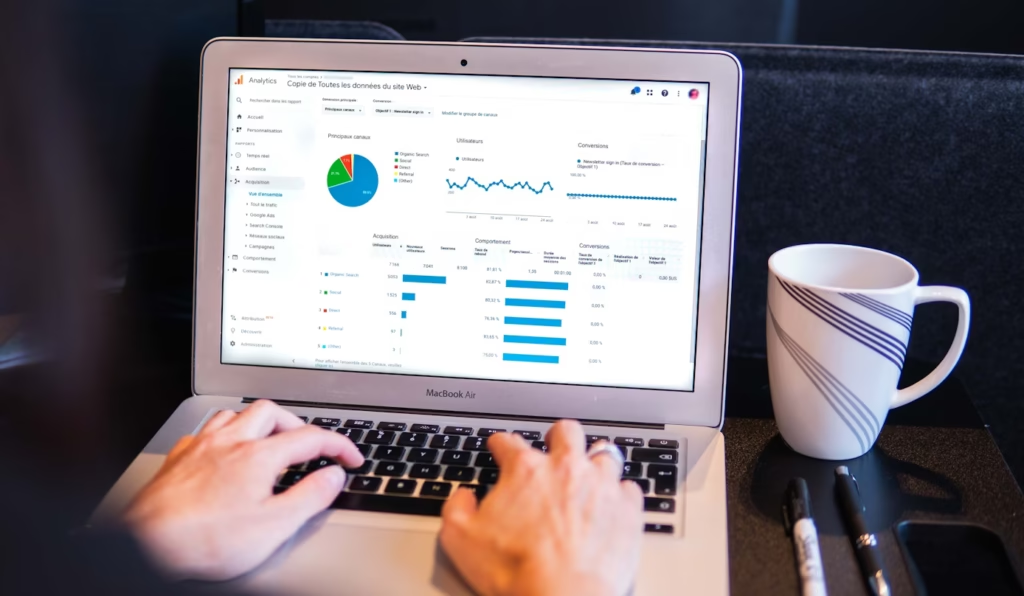Optimizing your Google Ads can make a huge difference in the success of your campaigns. With the right strategies, you can get more clicks, more conversions, and ultimately, more sales. Whether you’re new to Google Ads or looking to improve your current campaigns, understanding how to optimize is key.
Choosing the Right Keywords
Identifying High-Impact Keywords
Selecting the right keywords can make or break your Google Ads campaign. High-impact keywords are those that are closely related to your business and have a good search volume. Start by brainstorming words that describe your products or services. Use specific terms rather than broad ones to attract the right audience.
Using Negative Keywords Effectively
Negative keywords are words or phrases that you don’t want your ads to show up for. They help you avoid wasting money on irrelevant clicks. For instance, if you sell luxury watches, you might want to set “cheap” as a negative keyword. This ensures that your ads won’t appear in searches like “cheap watches.”
Tools for Keyword Research
Using the right tools for keyword research is essential. Google’s Keyword Planner is a popular option. It helps you find keywords related to your business and shows data like search volume and competition. Another useful tool is SEMrush, which offers insights into your competitors’ keywords. Ahrefs also provides valuable data on keyword difficulty and search traffic.
Crafting Eye-Catching Ad Copy
Writing Headlines That Grab Attention
Your ad headline is the first thing people see, so it needs to grab attention. Keep it clear and concise. Use action words and numbers to make it more appealing. For example, “Save 50% on Winter Jackets” is more eye-catching than “Winter Jackets Sale.” Try asking a question in your headline to create curiosity, like “Looking for Affordable Winter Gear?” Making your headline compelling can increase the chances that users will click on your ad.
Incorporating Strong CTAs
A strong call-to-action (CTA) tells people what to do next. It should be direct and easy to understand. Phrases like “Shop Now,” “Sign Up Today,” and “Get Your Free Guide” work well. Your CTA should create a sense of urgency, encouraging users to take immediate action. For instance, “Limited Time Offer – Buy Now!” makes people feel the need to act quickly.
Utilizing Ad Extensions
Ad extensions add extra information to your ads, making them more useful and appealing. There are different types of extensions you can use. Site link extensions allow you to add additional links below your ad. Call extensions let people call you directly from the ad. Location extensions show your business address, making it easier for local customers to find you.
Leveraging Advanced Targeting Options
Audience Segmentation Strategies
Audience segmentation allows you to break down your target audience into smaller, more specific groups. This way, you can tailor your ads to meet the exact needs and interests of different segments. For example, if you sell sports equipment, you can create separate ad campaigns for runners, cyclists, and swimmers. Use data from your website analytics and past campaigns to identify common traits among your best customers.
Geotargeting for Local Reach
Geotargeting helps you focus your ads on people in specific locations. This is especially useful for brick-and-mortar stores or businesses that offer local services. You can target by country, region, city, or even a specific radius around your business. For instance, a Toronto-based cafe can target ads to people within a 10-kilometre radius. Highlighting local offers or including phrases like “near you” can make these ads more relevant and appealing.
Custom Affinity and In-Market Audiences
Custom affinity audiences let you reach people based on their interests and hobbies. You can create audiences around specific topics related to your business. For example, a fitness brand might target users interested in yoga, running, or health food. In-market audiences, on the other hand, focus on people who are actively researching or considering purchasing a particular product or service. Google identifies these users based on their browsing behaviour and search history.
Conclusion
Mastering Google Ads optimization can significantly enhance your campaign results. By focusing on the right keywords, creating compelling ad copy, and leveraging advanced targeting options, you can engage the right audience and drive meaningful actions. Monitoring your ad performance through A/B testing and key metrics further allows you to refine your campaigns for continuous improvement.
If you’re ready to take your Google Ads to the next level, GC Paid Media, a Google Ads specialist, can help. Let our expertise guide you in crafting impactful campaigns that drive results. Reach out to us today to start optimizing for success.





